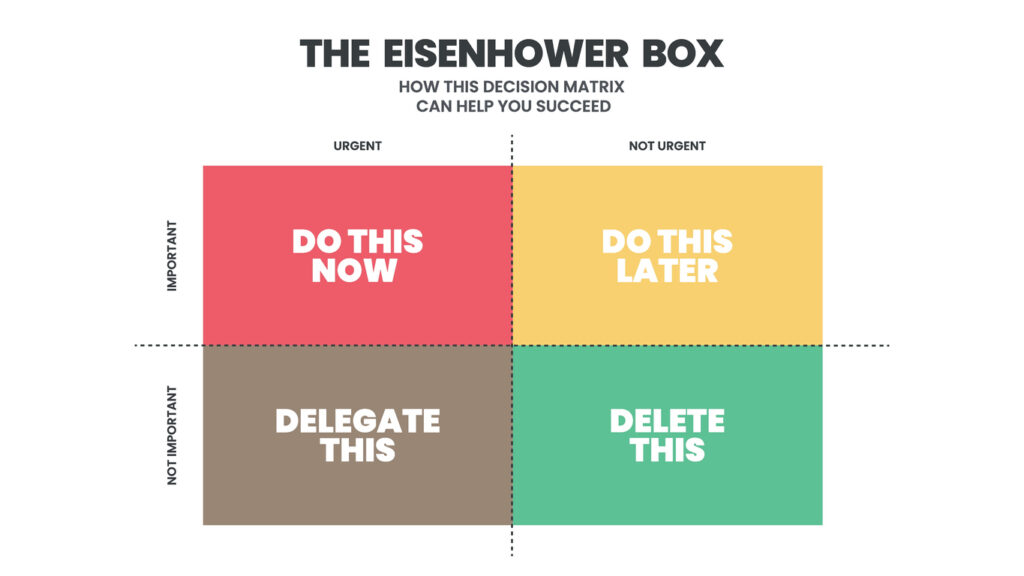
With persistence and the right mindset, you can transform procrastination from a barrier into an opportunity, says Rhonda Scharf
Do you find yourself doing small tasks and avoiding the larger, more complex ones? Do you justify why tomorrow is a better day? Do you even admit to being a procrastinator?
Procrastination is my sin,
It gives me pain and sorrow
But I can change most anytime,
I think I’ll change tomorrow.
Gloria Pitzer
Yup! That’s me. I’ve been looking at my rock wall all summer, feeling guilty as I haven’t dealt with it the way that I wanted to, and the weeds are winning. My brand-new computer is filled with files I promised I would clean out before I transferred from old to new, my iCloud has thousands of photos that need sorting, and the list goes on and on.
I have great intentions, but procrastination makes me prefer to do other things and justify why I haven’t done what I said I would.
Are you guilty, too? We know that procrastinating causes guilt and stress and impacts our productivity. I sometimes miss deadlines and don’t always complete things as I intended. I know that cleaning up my computer will make me more efficient and save time, but I keep finding reasons why something else (sometimes anything else!) is more important now.
We know there are lots of reasons why we do this. It could be perfectionism, fear of failure (which sometimes means the fear of not finishing the task once I’ve started it), feeling overwhelmed (which often creates a lack of motivation), feeling tired, hungry, both, or the 101 other excuses why other things are more important. But understanding why we procrastinate isn’t the solution.
The solution depends 100% on avoiding all those reasons and combating procrastination instead of falling victim to it.
1. Break Down Tasks
One of the most effective ways to tackle procrastination is to break down large tasks into smaller, manageable chunks. For example, if you’re responsible for organizing a major event, start by listing all the individual components: booking the venue, arranging catering, sending out invitations, etc. Focusing on completing one small part at a time makes the overall task less daunting, and you’re more likely to make steady progress.
Instead of looking at the entire rock wall (which is the width of my property – and substantial), I can break it down into sections. My computer has thousands of files that need deleting, but I can look at folders and subfolders to make it less daunting.
2. Set Clear Deadlines
We all work with multiple deadlines. However, setting internal deadlines for each component of a larger project can create a sense of urgency and help you stay on track. For instance, if a report is due in a week, set a personal deadline to complete the research by mid-week, leaving time for writing and revisions. This helps prevent last-minute rushes and reduces stress.
3. Prioritize Tasks
Not all tasks are created equal. Use prioritization techniques like the Eisenhower Matrix to categorize tasks based on urgency and importance. This method helps you identify which tasks require immediate attention and which can be scheduled for later. The four quadrants identify the tasks you’ll do first, the tasks you’ll schedule for later, the tasks you’ll delegate, and the tasks you’ll delete.

Cleaning up my computer is important but not urgent and would end up in the “schedule for later” quadrant. Suppose I set a clear deadline to do this and break it down into smaller pieces (i.e., My Documents, Workbooks, Articles) instead of looking at the entire computer. In that case, it sets me up for success faster than looking at the entire computer (which is an overwhelming task).
I also have priorities for other people, too. While it might not be my priority, I must do the task, as keeping my clients/job is ultimately my responsibility. For instance, if an executive needs a special meal booked on their upcoming flight, that may not seem overly important to me. But since it is a task as part of my responsibilities, it becomes important, and depending on when the flight is, it could be urgent too! Your priority might not be my priority, so we do need to keep others in mind when setting our priorities.
4. Minimize Distractions
Distractions are often disguised as excuses. They can be colleagues, other deadlines, workload, etc. The distractions I listed are typical, expected, and part of your job, so you can’t really eliminate them. However, minimizing them can significantly reduce procrastination. Create a dedicated workspace free from clutter and establish specific times for checking emails or working on projects. Use productivity tools like website blockers during focused work periods to prevent digital distractions.
5. Use the Three-Minute Rule
If a distraction comes in the form of a quick task, follow the three-minute rule: if it takes less than three minutes to complete, do it immediately and get it gone. This simple rule can help you quickly address minor tasks and prevent them from piling up. For instance, responding to a quick email, making a quick calendar adjustment, or making a short phone call can be done instantly, freeing up mental space for more substantial tasks. While some days it feels like the entire day is spent on these tasks, it does help with the distractions so that when we get a bit of time to focus on other tasks, we can concentrate.
6. Practice Mindfulness and Self-Compassion
When procrastination strikes, it’s easy to be hard on yourself, but self-criticism can often worsen it. Instead, practice mindfulness and self-compassion. Acknowledge your feelings of procrastination without judgment and remind yourself that it’s a common human experience. Being kind to yourself can reduce anxiety and create a more positive mindset for tackling tasks.
Write a sticky note with “Be Kind to YOU!” on it, then post it on your screen. Beating yourself up over the undone isn’t helpful and creates a downward spiral, which leads to even more procrastination.
7. Implement Time Management Techniques
Techniques such as the Pomodoro Technique can be particularly effective when we need focus time. This method involves working for 25-minute intervals, followed by a 5-minute break. After four cycles, take a more extended break. This approach helps maintain focus and prevents burnout, making sustaining productivity throughout the day easier.
Getting four 25-minute cycles is unusual for me, so I tend to work in 10- to 15-minute bursts and feel lucky when I get two or three in a row. Since I have a note that tells me to be kind to myself, these feel like wins. Cleaning up your email (responding, filing, deleting) can be a single Pomodoro daily. An extra 10-15 minutes a day would have an impact. I can easily implement this to clean up computer files, too!
You can also use time-blocking, focus days, writing lists, and other techniques to help you stay focused and productive and avoid procrastination. Many online tools, such as Trello, MSToDo, Asana, or Rescue Time, will give you even more options.
8. Reflect and Adjust
Finally, reflect on your progress and adjust your strategies as needed. What worked well? What didn’t? By regularly assessing your productivity techniques, you can refine your approach and find what works best for you.
Much like how I look at my health monitor on my phone and am accountable for my steps and movement, I want to be accountable to my inner need not to procrastinate, too! Pay attention, don’t fall victim to “out of sight, out of mind,” and adjust as you notice yourself using your excuses again.
Procrastination is normal for everyone, but it’s not insurmountable. Be patient with yourself and celebrate your progress along the way. With persistence and the right mindset, you can transform procrastination from a barrier into an opportunity for growth and success in your administrative career.
I will adjust my goal to finish the rock wall this year and focus on one section only. I’ll consider it a win if I can maintain that section this year. I’ve already booked 10 minutes per day to clean up my computer. The next time I’m on a long flight, I’ll work through my photos to clean them up.
My list has many items, but I feel more in control now that I’ve implemented some strategies.










